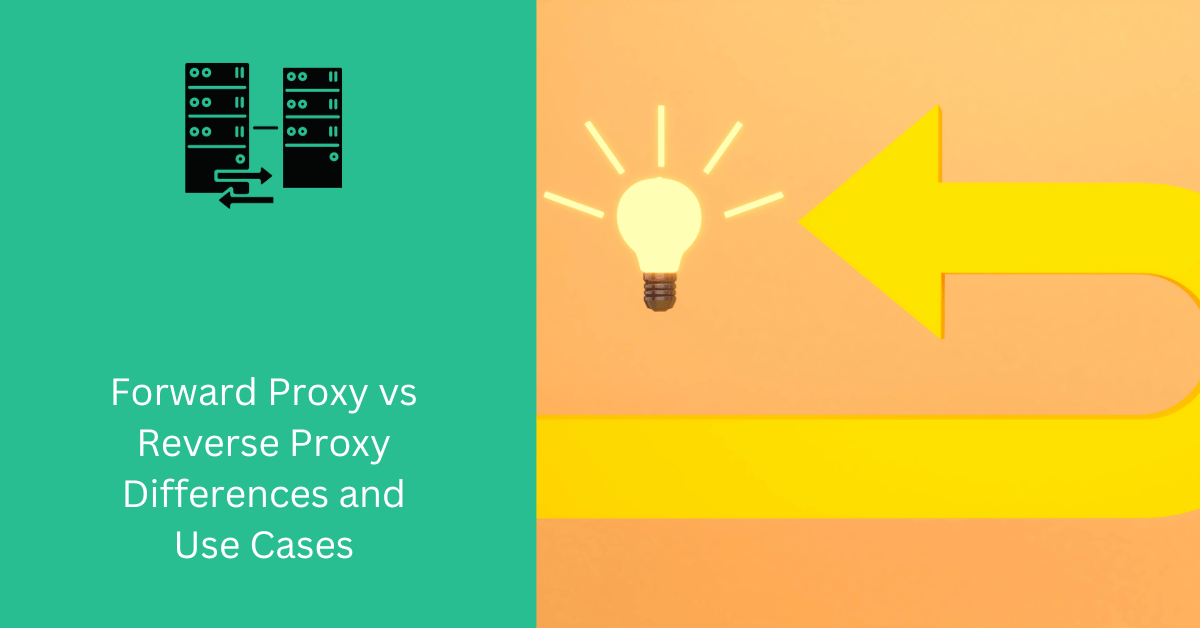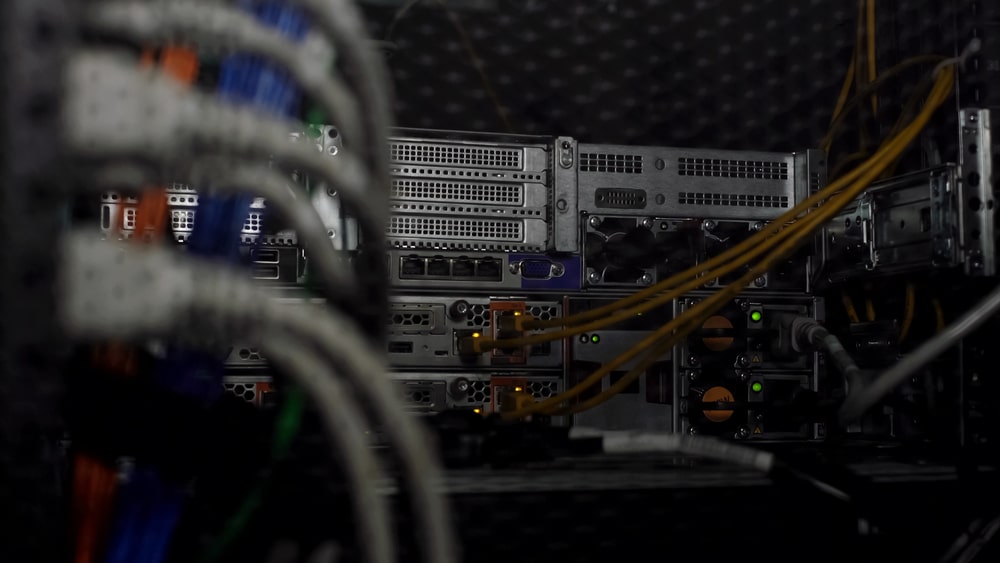
In the realm of network architecture and cybersecurity, proxies play a pivotal role in managing and securing internet traffic. Two fundamental types of proxies, forward and reverse proxies, serve distinct purposes in this landscape. This article aims to demystify the differences between them, exploring their definitions, types, use cases, and even delving into the intriguing question of whether a forward proxy can don the role of a reverse proxy.
What Constitutes a Forward Proxy?

A forward proxy, also known as a proxy server or gateway, acts as an intermediary between client devices and the wider internet. It facilitates requests from clients seeking resources on the internet, forwarding these requests on their behalf.
Varieties of Forward Proxies
Diverse types of forward proxies exist, each catering to specific needs. Transparent proxies, anonymous proxies, and high anonymity proxies are among the variations, each offering a different level of privacy and control.
The Multifaceted Roles of Forward Proxies
Forward proxies serve various purposes, ranging from content filtering and access control to improving network performance. They are indispensable tools for organizations aiming to regulate and optimize their internet connectivity.
Deciphering the Essence of Reverse Proxies
In stark contrast to forward proxies, reverse proxies operate on the server side, standing as a protective barrier between web servers and clients. They handle requests from clients and channel them to the appropriate backend servers, enhancing security and performance.
Diverse Flavors of Reverse Proxies
Just as forward proxies have their variations, reverse proxies come in different forms. Application-level gateways (ALGs), load balancers, and SSL terminators are examples, each tailored to address specific requirements in the server-client relationship.
The Guardian Role of Reverse Proxies
Reverse proxies are gatekeepers that bolster security by concealing the identity of backend servers, mitigating risks such as DDoS attacks and server overloads. Moreover, they optimize performance by caching content and distributing incoming traffic across multiple servers.
Unveiling the Contrasts in a Tabular Format
To provide a clear understanding, the article includes a comprehensive table detailing the distinctions between forward proxies and reverse proxies. From their primary functions to the direction of data flow, this table serves as a quick reference guide for anyone navigating the proxy landscape.
Can a Forward Proxy Don the Cape of a Reverse Proxy?
While forward proxies and reverse proxies traditionally have distinct roles, the article explores the intriguing question of whether a forward proxy can seamlessly transition into the shoes of a reverse proxy. This section delves into the technical aspects and considerations surrounding such a crossover, shedding light on the possibilities and limitations.
SOCKS5 Proxy Use Cases and Applications
SOCKS5 proxies, being protocol-agnostic, offer a versatile range of applications. Unlike HTTP proxies, SOCKS5 is not limited to a specific protocol, allowing it to establish connections using User Datagram Protocol (UDP) and Transmission Control Protocol (TCP).
- UDP for Enhanced Stability: SOCKS5’s ability to utilize UDP facilitates more stable connections, ensuring reliable and secure content transfer between parties.
- TCP for Firewall Navigation: Particularly useful in navigating firewalls, SOCKS5 can establish connections between clients and servers, even when one party is behind a firewall, using TCP. This proves valuable, for instance, when a user’s IP is blacklisted, and SOCKS5 helps circumvent such restrictions to access desired target data.
- Peer-to-Peer Content Sharing: SOCKS5 shines in peer-to-peer content-sharing platforms due to its operation with smaller data packets, translating to quicker transfer and download speeds.
HTTP Proxy Applications

HTTP proxies, on the other hand, are customizable based on specific business needs, offering unique use cases tailored to diverse requirements.
- Content Caching for Server Relief: A major use case for HTTP proxies is content caching. By locally storing previously retrieved information, HTTP proxies reduce the strain on servers, benefiting clients that regularly request the same data.
- Network Security as a “Digital Bouncer”: HTTP proxies serve as a digital gatekeeper, deciding which requesters and data packets gain entry to a server/database and which are denied access. This is particularly crucial for network security, especially when internal networks are exposed to potential external cyber threats.
- Data Collection Optimization: Positioned for enhanced data collection, HTTP proxies adapt headers dynamically to match target site criteria. This includes adjusting elements such as the HTTP header User-Agent and Accept-Language, optimizing success rates.
Why Choose FineProxy Over SOCKS5
FineProxy offers a compelling alternative to SOCKS5, providing a secure network with HTTPS connections to super proxies globally, ensuring rapid responses.
- Superior Security with HTTPS: FineProxy ensures end-to-end encryption using HTTPS tunneling, guaranteeing the security of data packets during transit. While SOCKS5 offers double encryption, HTTPS remains the contemporary standard for security and data encoding.
- Transparent Network Audited by Third Parties: FineProxy maintains a fully transparent network, regularly audited by third-party groups. Real-time log checks and compliance measures ensure that all network activities adhere to legal standards.
- Avoiding “Red Zones”: Adhering to the highest HTTP/HTTPS industry standards, FineProxy minimizes risks associated with “red zones” that can arise when using SOCKS5. This includes robust error-checking, high speeds, and near-zero latency, shielding systems from potential exploitation by malicious third parties.
In conclusion, while both HTTP and SOCKS5 proxies have their unique strengths and applications, FineProxy stands out as a secure and compliant solution, offering advantages over the outdated SOCKS5 method. Choosing the right proxy service is crucial for ensuring the efficiency, security, and legality of online activities.






Comments (0)
There are no comments here yet, you can be the first!